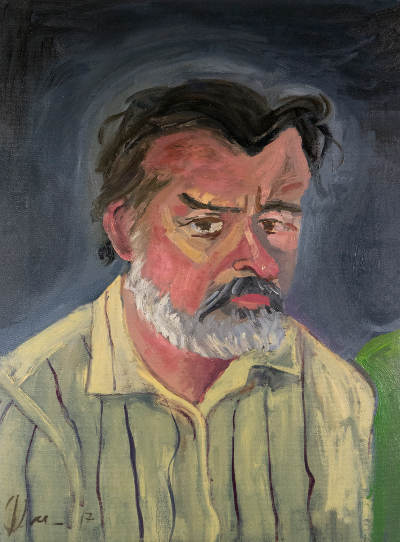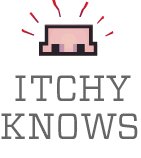I’ve been the driving force behind a great variety and quantity of software built for both the market and internal audiences.
I'm most effective digging in with founders and product/engineering teams in early stage start-ups. Collaboration, empathy with users, and an experimental/empirical approach are my watch-words.
In larger organizations, I accelerate transformation by building consensus and resolve across institutional boundaries.
As an advisor and a practitioner, I'll share what I've learned shipping applications EVERY year for more than 25 years.
I'm currently open to an additional fractional CTO role!
- Getting you from 0 to 1, whether that means from idea to working software, from minimum viable product to minimum viable business, from boot-strapped to series A funding. We'll envision what's possible, establish criteria for success, and set a course. I'll guide and support you and your team on the way.
- Enabling your dev team to be product-centric, user focused; iterating and learning. They won't just build features but move you towards product/market fit.
- Help with architecture and other tooling. I'll size up the situation and share patterns and practices that increase quality and velocity, and decrease costs.
- Improving communication and trust within your development team and with external development partners. I can help you put together a team or contract a partner organization.
I'm also available for more punctual chores.
- Application architecture/modernization. Patterns and practices like micro-services, messaging, containerization, CI/CD... can be game changers or just box-ticking. I'll work with you to institute changes that result in measurable improvement in the speed at which your team delivers value.
- Adopting business process execution engines (like Camunda or jBPM) for application orchestration and outboarding business logic.
- Help with your elasticsearch journey; whether you are just
curious or need to tune the platform to get the best results for your snowflake corpus.
- Growing up your ETL processes. Replace your brittle and expensive home-rolled processes with ones powered by Apache Beam and Airflow.
- Selecting the right cloud provider and right-sizing your cloud infrastructure. Choosing one cloud over another could be a real accelerant. They say companies over-provision by 30%. In my experience the wastage is much higher. Don't spend thousands of dollars a month unnecessarily!
- Hire me to build something in Clojure!
- Evaluating new product/business ideas, product envisioning, validation, and business model analysis. If I like your idea, and we like one another, maybe we can build it together!









